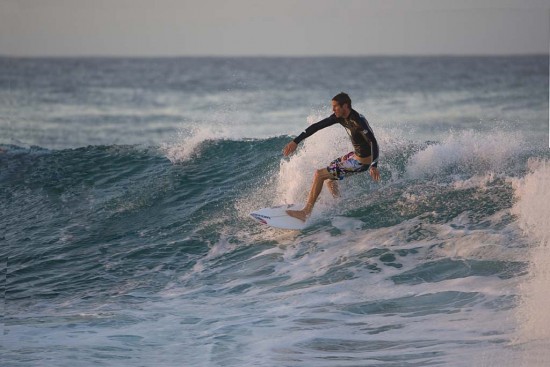Modern digital cameras will present many option which will have a bearing on the final quality of the images and it can be very confusing to get the best quality out of the camera. The quality will depend on the file format, ISO settings,color depth,white balance, sharpening, contrast and color saturation.
We will now look at some of the options available with camera settings.
Choosing the correct file format is the first step to get top quality images.
- Raw + File Format
- JPEG Fine
- Raw + JPEG Normal
- Raw + JPEG Basic
- Raw
- TIFF
- JPEG Fine
- JPEG Normal
- JPEG Basic
Choosing Raw will give the best capture in respect to tone and color. TIFF is the next best option as with both these options there is no loss quality. The raw file can be compared to the negative with film, it is best to arcjhive the raw file and work from that file to produce the final output.
JPEG stores the file in a compressed form and some of the data is lost, in particular with the normal and basic settings.
ISO Settings
Most cameras will offer a range of ISO settings as follows:
- 100
- 200
- 400
- 800
- 1,600
- 3,200
- 6,400
Unless you are shooting in dull light, the lowest ISO setting is always the best. Higher ISO settings will introduce more noise into the image thus reducing the quality. Also lower ISO settings will give a smoother gradation of color and tones.
Color Depth
Some cameras will give a choice of shooting in modes of 16, 12 or 8 bits per channel, which will influence the color depth of the image. Choosing the higher bit depth will give larger files but will also give higher quality images and can give more detail in the highlights and shadows.
Pixel Dimensions
In general the more pixels you have the higher quality the image will be, it should also be noted that the file sizes will be larger with a higher number of pixels. More file storage space will be required with higher quality images.
Color Profile or Color Modes
The color mode setting depends on the final use of the output image file. Some settings generally available are;
- I (sRGB) – use for portrait images that are not to be processed
- II (Adobe RGB) – gives a wider gamut of colors and is preferred for images that are to be extensively processed
- III (sRGB) – used for landscape or nature where there is no further processing.
If you are getting images printed, find out from the printer what mode they prefer. For most applications for the web sRGB may be the best option.
White Balance
It is likely the following options will be available;
- Auto
- Incandescent
- Fluorescent
- Direct sunlight
- Flash
- Cloudy
- Shade
- Choose color temperature
- White balacce preset.
The white balance needs to be matched to the lighting of the environment where the image is taken. It depends on the color temperature of the light source illuminating the subject.
Most cameras have the option of auto white balance or setting the camera to the specific light source, that may be the best option if you do not know the color temperature of the light source.
Color Saturation
This setting alters the vividness of the hues of the image. It is best to select the normal setting at the point of capture. Sometimes a black and white setting may be provided.
Contrast Control
The following settings are generally available;
- Auto
- Normal
- Less contrast
- More contrast
- Custom, uses a defined custom curve.
Low contrast could be set for a bright sunny day. The contrast needs to be set such that the picture details are spread full across the range of tones possible. If a histogram is provided this can be a good indication that all tones are accomodated and that full detail is available in the brightest and darkest areas of the image.
Sharpness Control
Generally the following options are provided;
- Auto
- Normal
- Low
- Medium low
- Medium high
- High
- None.
This control changes the amount of sharpness filtering of the image, it is best to set this to normal, as excessive sharpening of the image can not be undone, but any sharpening can be done in post processing.
Lenses
One thing that can not be overlooked to achieve a quality output is to use quality lenses. Some lenses are sharp and others are not so sharp. Generally with lenses you get what you pay for. Quality lenses will cost a significant amount of money.
Camera Movement
Camera movement can have a big effect on the overall sharoness of an image, so when using slow shutter speeds use a camera support, monopod or tripod and a cable release to keep the camera steady.

